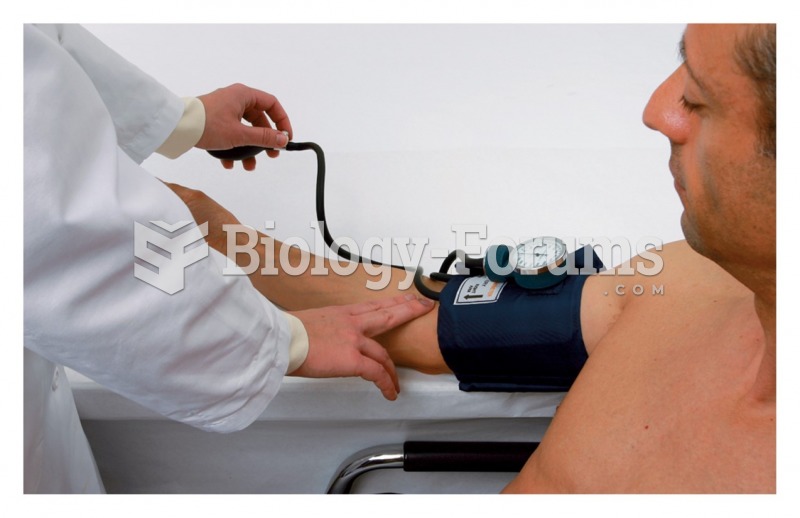Answer to Question 1
Answer: 4
Explanation: 4. Outcome measures include end-result outcomes that reflect the client's status as a result of care. The client being able to self-administer insulin and change a foot wound dressing independently is data for this type of evaluation. Process measures evaluate the performance of the home care agency with respect to specific evidence-based processes of care, such as timeliness of admission, and pressure ulcer assessment. The client's Braden Skin Assessment score and completion of paperwork within 24 hours of admission would be information for a process evaluation. Potentially avoidable events measures address negative outcomes such as pressure ulcer development. The client's stage 2 pressure ulcer on the sacrum would be this type of evaluation.
Answer to Question 2
Answer: 1, 2, 4
Explanation: 1. Collaboration among health care team members in hospice care addresses effective pain management control, assisting the family as needed in adjusting to the eventual outcome of the client, and obtaining additional services for identified client needs. Hospice care is reimbursable, but not all services provided in hospice care may be reimbursed. Ensuring the client has arrangements made for burial is a consideration but does not necessarily entail collaboration among the health care team members.
2. Collaboration among health care team members in hospice care addresses effective pain management control, assisting the family as needed in adjusting to the eventual outcome of the client, and obtaining additional services for identified client needs. Hospice care is reimbursable, but not all services provided in hospice care may be reimbursed. Ensuring the client has arrangements made for burial is a consideration but does not necessarily entail collaboration among the health care team members.
4. Collaboration among health care team members in hospice care addresses effective pain management control, assisting the family as needed in adjusting to the eventual outcome of the client, and obtaining additional services for identified client needs. Hospice care is reimbursable, but not all services provided in hospice care may be reimbursed. Ensuring the client has arrangements made for burial is a consideration but does not necessarily entail collaboration among the health care team members.







